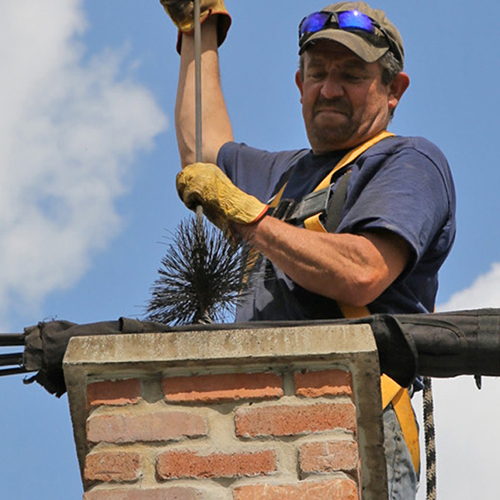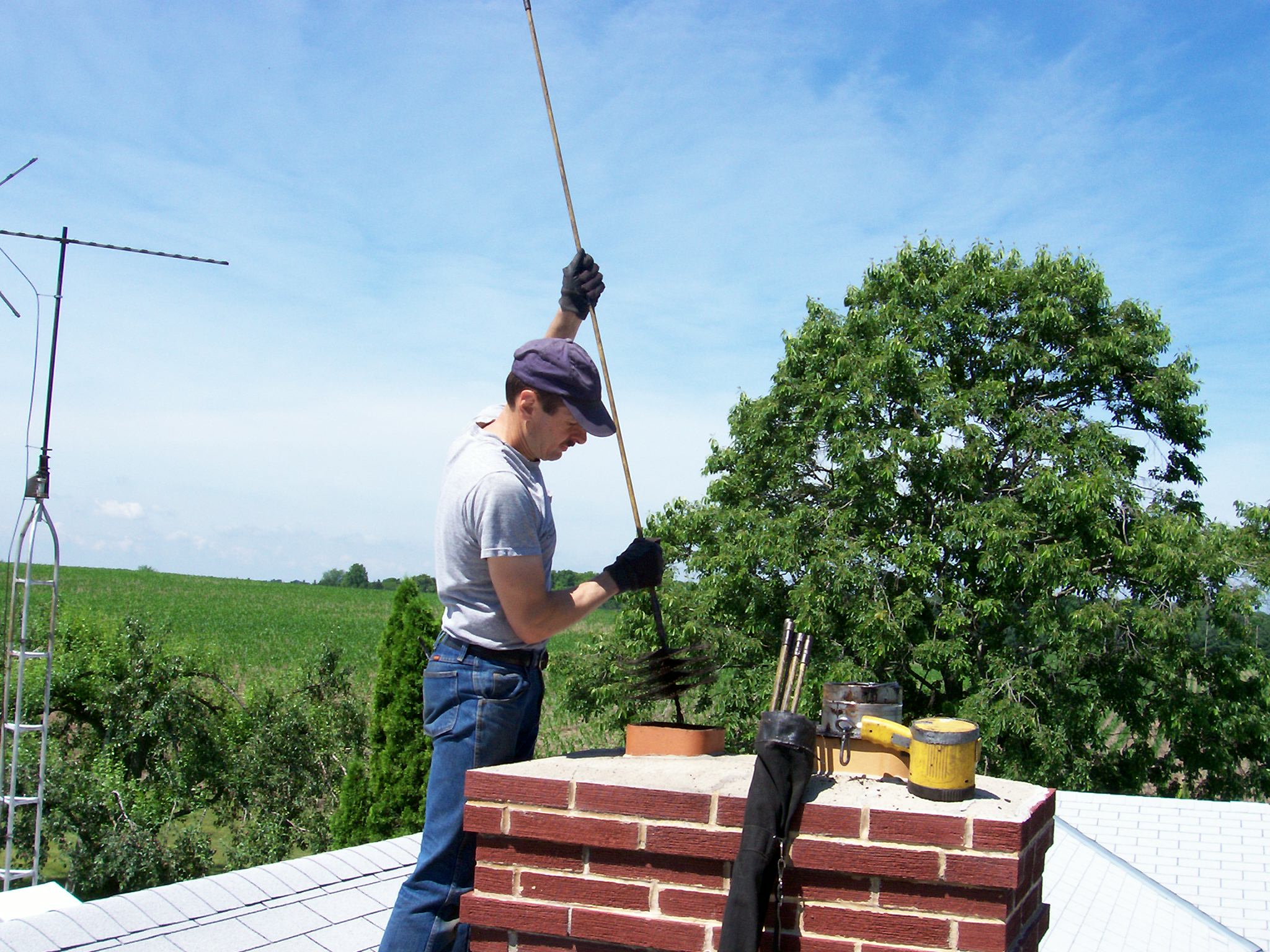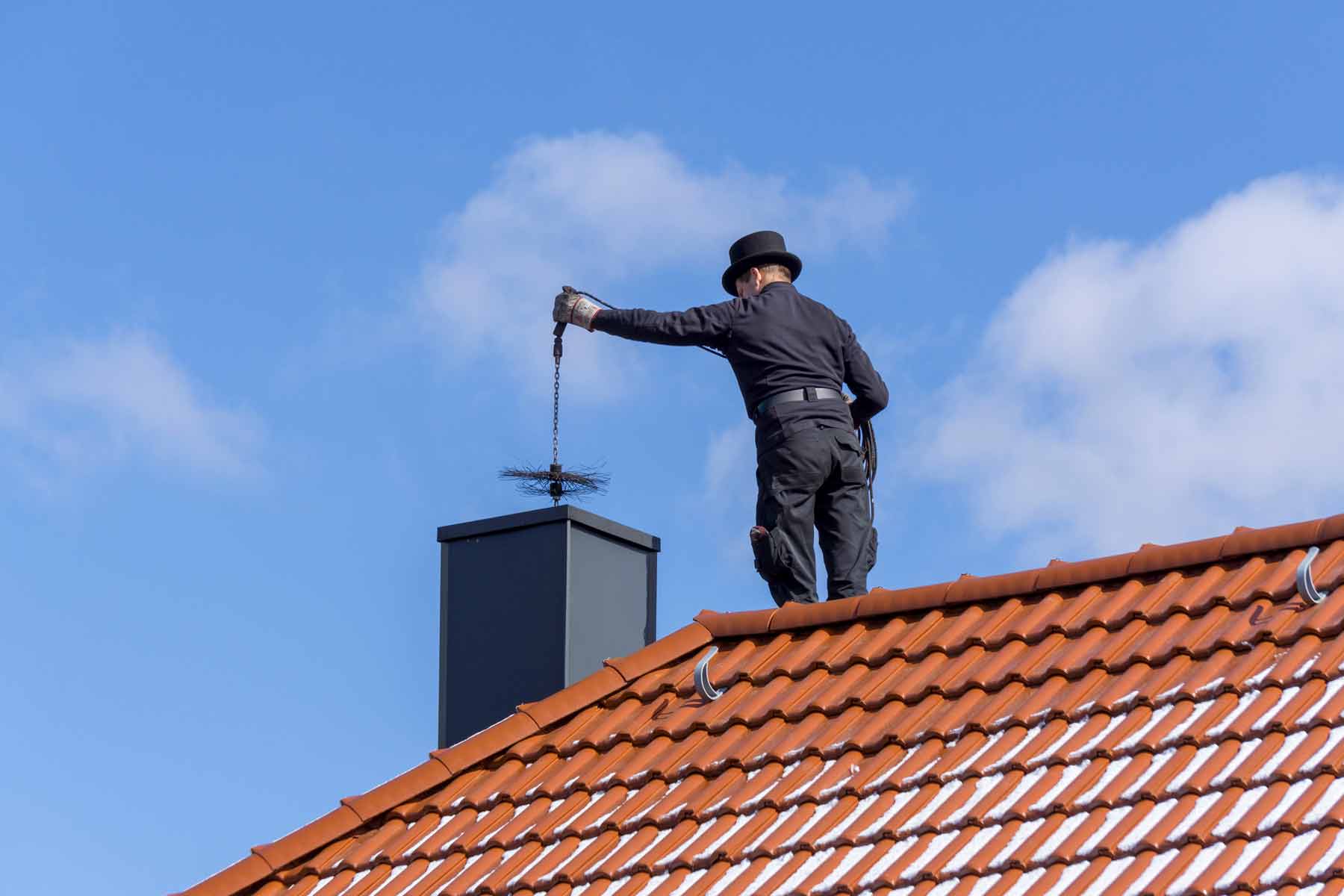Chimney Safety First: Premier Chimney Clean San Jose Services Unveiled
Chimney Safety First: Premier Chimney Clean San Jose Services Unveiled
Blog Article
Smokeshaft Cleansing: A Step-by-Step Overview to Maintaining a Healthy Fire Place
Routine chimney cleansing is a crucial component of this upkeep routine. By following these standards, you will certainly discover how to collect the needed tools, perform an aesthetic examination, clear debris and build-up, move the smokeshaft, and complete the last steps for ongoing upkeep.
Collecting the Required Devices
To start the process of smokeshaft cleaning, the very first step is to gather all the necessary devices. Having the right tools at hand makes certain a efficient and risk-free cleaning procedure. The necessary tools for smokeshaft cleaning consist of a chimney brush, a ladder, ground cloth or plastic sheets, a flashlight, gloves, and a dust mask.
The smokeshaft brush is the primary device used to eliminate residue and creosote accumulation from the flue - Chimney Sweep San Jose. It is vital to choose a brush that matches the dimension and form of your smokeshaft.
A flashlight is necessary for evaluating the chimney's interior for any indications of damages or blockages. Handwear covers are essential to protect your hands from soot and other damaging compounds, while a dirt mask assists protect against the breathing of particles.
Performing a Visual Inspection

Making use of a flashlight, carefully analyze the indoor wall surfaces of the smokeshaft for any kind of signs of damage, such as fractures, loose bricks, or mortar damage. These concerns can compromise the chimney's architectural honesty and position a severe security risk. Furthermore, look for any kind of indicators of water damages, such as discoloration or efflorescence, as this can show a dripping smokeshaft cap or blinking.
Following, evaluate the smokeshaft flue for any kind of blockages. Try to find the visibility of nesting products, leaves, or particles that may have collected gradually (Chimney Sweep San Jose). These blockages can restrict air flow, boost the risk of carbon monoxide buildup, and hinder the smokeshaft's capacity to properly air vent smoke
Throughout the visual evaluation, pay close attention to the chimney crown, which is the leading surface area that secures the chimney from moisture. Look for splits or missing out on pieces in the crown, as these can allow water to enter the smokeshaft and trigger considerable damage.
Clearing Up Particles and Build-up
After completing the aesthetic assessment, the next action in smokeshaft cleaning entails clearing up debris and accumulation to make sure the appropriate functioning of the fire place. In time, debris such as fallen leaves, twigs, and pet nests can collect in the chimney, blocking the flow of air and causing prospective fire risks. Additionally, the build-up of creosote, a tar-like compound, is a common trouble in chimneys. Creosote is created when wood or fossil gas are shed, and if not gotten rid of regularly, it can cause chimney fires.
A smokeshaft brush, specifically developed for this function, is made use of to get rid of loose debris and creosote from the chimney walls. It is necessary to pick a brush that matches the dimension of your chimney to guarantee efficient cleansing.
To start, put the brush right into the smokeshaft and move it up and down, scrubbing the walls to dislodge any type of debris or creosote. Utilize a sweeping activity to make certain comprehensive cleaning. It is suggested to begin from all-time low and function your method up. When the brushing is total, utilize a vacuum or a chimney brush extension to eliminate the dislodged debris from the fireplace.

Brushing Up the Smokeshaft
The sweeping of the chimney is a critical action in keeping a healthy fireplace. With time, residue, creosote, and various other particles can collect in the smokeshaft, blocking the flow of air and potentially causing a harmful buildup of flammable products. Normal chimney sweeper not only guarantees proper air flow yet additionally stops the danger of chimney fires.
When it comes to smokeshaft sweeping, it is very suggested to employ a professional chimney sweeper. These professionals have the understanding and tools necessary to securely and successfully remove the accumulated particles from your chimney. They will generally start by covering the fire place to stop any type of residue or particles from entering your home. Using customized brushes and vacuum cleaner equipment, they will certainly after that clean the smokeshaft inside out, making certain that all the accumulation is thoroughly gotten rid of.
It is essential to keep in mind that the frequency of smokeshaft sweeping depends on a number of elements, such as the sort of fuel utilized, the amount of usage, and the kind of chimney. As a basic general rule, it is suggested to have your smokeshaft examined and brushed up at the very least once a year.
Last Actions and Maintenance
To make sure ongoing maintenance and optimum efficiency, it is vital to carry out regular maintenance methods and adhere to an extensive collection of last steps for your fireplace. After completing the smokeshaft sweeping procedure, the initial step in the last upkeep is to inspect the chimney cap and stimulate Read Full Report arrestor. These parts prevent debris, animals, and rain from getting in the smokeshaft. Look for any indications of damages or clog, and tidy or repair them if necessary.

Evaluate the inside of the fireplace for any type of indicators of deterioration, such as cracks, loose blocks, or harmed mortar. These problems can impact the structural honesty and security of the fire place. If any issues are identified, consult an expert chimney sweeper or mason to resolve them immediately.
Finally, consider installing carbon monoxide detectors near the fireplace and throughout your home. These gadgets can discover the visibility of this unsafe gas, giving a very early caution system in situation of a chimney malfunction. Frequently inspect and replace the batteries in these detectors to ensure their performance.
Verdict
Finally, adhering to a detailed overview for smokeshaft cleansing is critical in keeping a healthy and balanced fire place. By collecting the essential devices, executing an aesthetic examination, getting rid of particles and accumulation, and brushing up the chimney, property owners can make sure the security and effectiveness of their fireplace. Regular upkeep and cleansing will certainly aid stop chimney fires and enhance air quality in the home. It is important to prioritize smokeshaft cleansing as a component of general home maintenance.
The essential devices for chimney cleansing consist of a chimney brush, a ladder, decline fabrics or plastic sheets, a flashlight, handwear covers, and pop over to these guys a dust mask.
A chimney brush, particularly developed for this objective, is utilized to remove loosened debris and creosote from the her response smokeshaft walls. Regular chimney sweeping not just makes certain appropriate air flow however additionally avoids the threat of chimney fires.
When it comes to smokeshaft sweeping, it is highly advised to hire a specialist chimney sweep. After finishing the chimney sweeping procedure, the first step in the last maintenance is to check the smokeshaft cap and stimulate arrestor.
Report this page